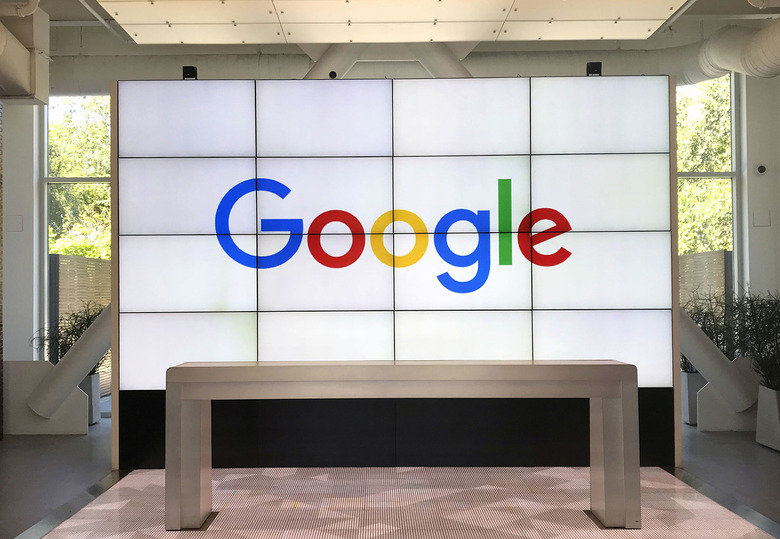Google Just Released A New Privacy Feature Everyone Should Be Using
Google tracks everything you do online and uses that data to serve personalized ads. That's why most of its apps and services are offered to people free of charge; it's a tradeoff that many people appreciate. Despite the nature of its services though, Google has taken various steps in recent years to improve user privacy and security on its devices. Fueled in part by Google's own privacy-related scandals from the past and in part by Apple's massive privacy push, Google's privacy features have improved year after year. This concerns protecting data on Android and in Google apps, as well as new features to control how personal data is shared with Google online. The latest addition to Google's privacy toolset that users should know about concerns Google Search.
That's the product countless people use when browsing the web, and it provides a treasure trove of data for Google. The company made it possible for users to delete and auto-delete their Search histories with ease a few years ago. But Google now added another protective layer to Search history, which should come in handy to people who use Search on various products, including shared devices. You can now use a password to protect the page that shows your entire search history.
Google logs your searches and web activity according to your privacy settings, mining that data for details it can use to fine-tune ads. You can delete said data at this link or just inspect how Google tracks your activity online. The My Google Activity page lets you manage all your Web & App Activity, Location History, and YouTube History in one place.
As long as you're logged into your Google account on a device, whether it's a phone, tablet, or smart device, someone else might have access to the same activity history. That's where password protection comes into play. It might not seem like much, but hiding your online searches and other web activity from other people might be far more important than hiding it from Google. You and your family or friends might be using the same gadgets that are signed in to your Google account, including Android tablets, smart speakers, and smart displays. All of those devices and more send Search and activity data to Google.
If you have any shared devices where you're logged into your Google account, then you should consider visiting the link above and activating the verification feature. First found by Android Police, the feature is quite simple to use. On the My Google Activity page, look for the Manage My Activity verification link that will open a menu that looks like this:

New Google Search activity privacy feature: Password protection.
"If you turn on extra verification, Google will make sure it's really you before you can see or delete your full history on My Activity," the prompt reads. "This can help keep your history safer on shared devices." Google also informs users that your history might appear in other Google products.
The default setting for the Activity verification is "Don't require extra verification." You don't have to change it unless you think someone else might snoop on your history — in that case, choose "Require extra verification" and click on Save in the menu above.
Plenty of people out there maintain multiple Google accounts, so you should do the same thing for all of them if you think your Search activity might be exposed to prying eyes.
